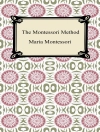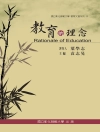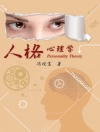Cultural competence is a critical skill teachers must posses if they are going to connect with racially diverse students. Misunderstanding or ignorance of the Latino value system, history, and culture create barriers between teachers and students that significantly deteriorate their potential for learning. Consider how you would typically greet a friend or a relative. Perhaps you would shake hands or even hug. In the Latino culture, it’s common to greet loved ones with an embrace and a kiss on the cheek. Anything less may be taken as an affront. If something as simple as “hello” can create tension, how challenging is it to navigate teaching and learning in the classroom? Salsa Dancing in Gym Shoes takes a close look at interactions between Latino students and Non-Latino teachers in ways that develop and expand the cultural competence of teachers. Preservice and veteran educators alike will benefit from current research and theories on Latinos and education as well as the personal essays presenting that reveal the raw perspective of Latinos as they deal with racism and marginalization. Educators will have a deeper understanding of the Latino experience and practical strategies for creating a positive and safe environment for learning.
İçerik tablosu
Preface
Part ONE – Learning the Steps of a New Dance
Chapter 1: Surveying the Dance Floor
Chapter 2: Learning to Dance at Home
Chapter 3: Identity and Personal Experiences
Chapter 4: Treatment as Individuals
Part TWO – Dancing in Culture
Chapter 5: Accessing Culture through Language
Chapter 6: Language Deliberations and Power
Chapter 7: Language Instruction Models
Chapter 8: Taking the Dance Floor by Storm
References
Yazar hakkında
Alyson Leah Lavigne, Ph D, is an assistant professor in the College of Education at Utah State University and researches teacher evaluation. She lives in Salt Lake City with her husband, Erick, and their two sons.












